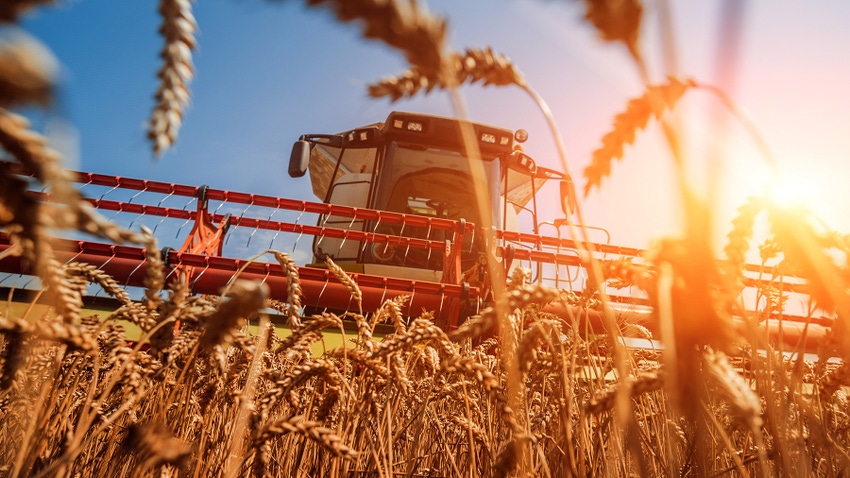
Wheat prices were the dark horse of USDA’s September 2023 Small Grains Summary. It was nothing short of a turbulent growing season for U.S. wheat production – persistent drought all winter and spring on the Southern and Central Plains and a hot and dry spell in the Northern Plains at peak heading season this summer. For context, winter wheat abandonment rates in the Plains were among the highest since the 1930s Dust Bowl.
But heavy snowpack in the Upper Midwest this winter and late spring showers in the Plains helped to keep production hopes alive for the 2023 U.S. wheat harvest – perhaps more than the market had originally thought. USDA’s figures for hard red winter wheat (601M bu.) and other spring wheat (505M bu.) surpassed all pre-report analyst estimates.
Soft red winter (449M bu.) and durum (59M bu.) wheat production also came in on the high end of pre-report expectations. Total 2023 wheat production increased 4% from August 2023 forecasts. While the 2023 U.S. wheat harvest was a far cry from a bumper crop, it was not as dire as the markets had it pegged out to be for most of the summer.
Harvest surprise?
As a result, 2023 U.S. wheat production topped out at 1.812 billion bushels – a surprising 10% increase from last year’s crop size. With any luck, the extra bushels could help to revive U.S. wheat export volumes, which at just shy of 700 million bushels as of late September 2023 are expected to drop the lowest levels for U.S. wheat shipments since the 1971/72 marketing campaign.
The broad expectations for a small crop contributed to lower-than-expected usage rates between March 1 and September 1. This was not surprising either – the consecutive years of U.S. wheat shortfalls made U.S. exportable supplies less price competitive on the global market, stunting export volumes.
Plus, rapid Russian wheat export volumes and a return of Ukraine’s grain via humanitarian corridors helped to ease global supply worries about wheat earlier this fall. Australia, Canada and Argentina’s dry growing conditions are expected to tighten global wheat supplies later in the year, but through late September, Black Sea volumes were reigning supreme on the global market.
The fallout
In Chicago, December 2024 soft red winter wheat futures contracts have fallen 21% between late July and early October 2023. Kansas City December 2024 hard red winter wheat futures fell 24% lower during that time.
A year ago, prices for both crops were on the rise as global supply availability was questioned. But even with a smaller global wheat crop this year, diminished global wheat consumption has been an overpowering dynamic in the markets, creating bearish price pressure even as 35% of global exportable wheat supplies sourced from Canada, the U.S., Australia and Argentina suffer dry weather loss.
With peak winter wheat sowing activities ramping up over the next couple months, the implications of a better-than-expected 2023 wheat harvest – lower prices – could deter U.S. farmers from pursuing winter wheat acreage in the upcoming 2024 growing season. Hard red winter wheat stocks on the Plains remain tight, but the big soft red winter wheat harvest further east could lead fewer farmers to plant wheat for harvest next summer.
Despite farmer reports earlier this summer that told us otherwise, it seems like U.S. wheat growers may not have the price incentive to continue expanding acreage headed into 2024.
About the Author(s)
You May Also Like






